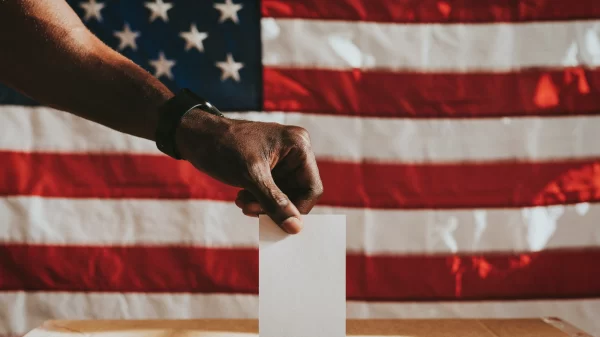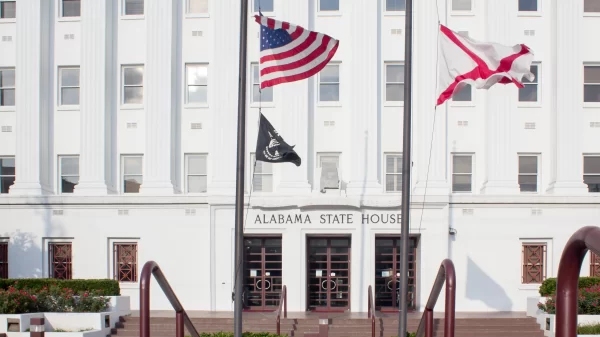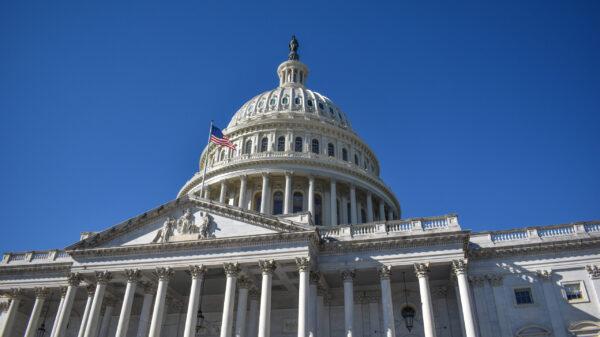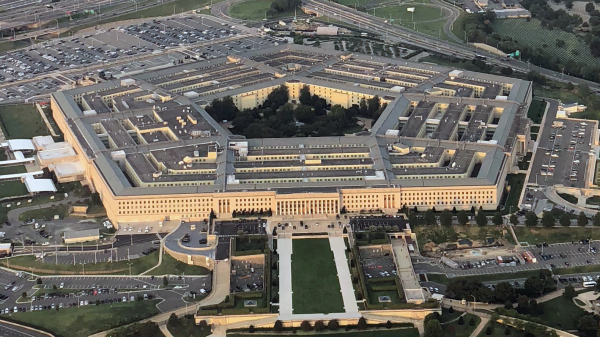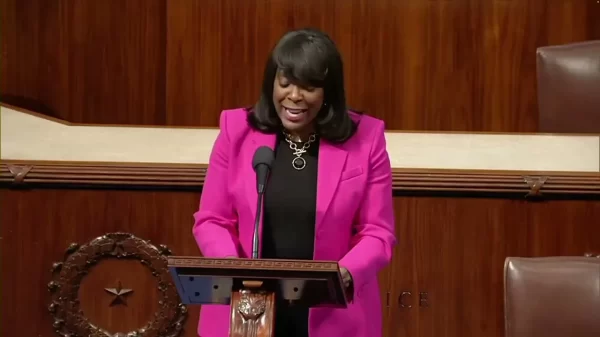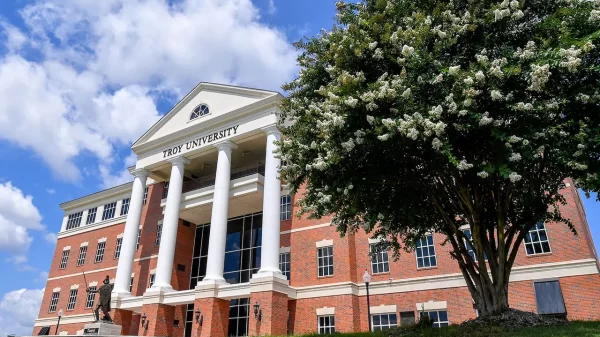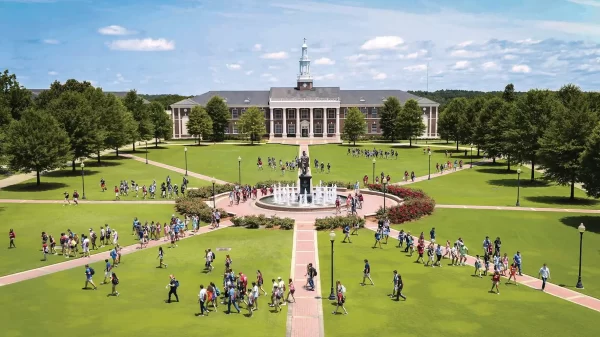They tried to silence Black voters in Louisiana. Again. But this time, the courts said no.
In a unanimous decision filed on Thursday, the Fifth Circuit Court of Appeals ruled that Louisiana’s state legislative maps violate Section 2 of the Voting Rights Act of 1965. The state’s political leaders had drawn districts that deliberately diluted the voting power of Black residents through racial packing and cracking—splitting communities to weaken their voice.
This wasn’t a technicality. It was a targeted attack on representation. And it was part of a pattern—a modern continuation of an old, ugly tradition. A tradition that, despite what Chief Justice John Roberts once claimed, never left the South. It just learned how to speak in code.
It was a win for fairness. A win for the rule of law. And a win for a movement that’s been marching for justice long before courts were willing to listen—a movement that never stopped, because the enemies of justice never disappeared.
When President Lyndon B. Johnson signed the Voting Rights Act on August 6, 1965, it marked the culmination of one of the most hard-fought struggles in American history. Icons like Martin Luther King Jr., Fannie Lou Hamer, John Lewis, Ella Baker, Bob Moses and Ida B. Wells didn’t just speak up for voting rights—they bled for them. From the bridges of Selma to the steps of the Lincoln Memorial, their courage forced a nation to choose between democracy and apartheid.
Their efforts made the VRA possible. But the law’s enemies never disappeared.
In 1965, it was the Dixiecrats and segregationists who stood in the way. They filibustered the Civil Rights Act, defended poll taxes and literacy tests, and wielded the phrase “states’ rights” like a blunt weapon to protect white supremacy. Their tools were threats, clubs and intimidation. Their goal was control.
Today, the weapons look different, but the aim remains. The hoods have been swapped for tailored suits, the billy clubs for algorithms, and the voter suppression efforts rebranded in legalese. But make no mistake—the will to silence Black voters is alive and well.
In 2013, the Supreme Court’s Shelby County v. Holder decision gutted the VRA’s preclearance protections by declaring—without evidence—that the South had changed. Chief Justice John Roberts claimed the formula used to monitor states with histories of discrimination was no longer necessary. But anyone who’s lived in the South—or paid even mild attention—knows better. Nothing has changed but the language.
Modern suppression doesn’t come with water hoses and German shepherds. It comes as racial gerrymandering, ID laws, poll closures, and legal gymnastics to delay or dismantle court victories.
We saw that play out in Alabama—first with Allen v. Milligan, where the U.S. Supreme Court ruled that Alabama’s congressional map violated Section 2 of the Voting Rights Act by denying Black voters a fair opportunity to elect a second candidate of their choice. The state had drawn just one majority-Black district out of seven, despite Black Alabamians making up more than a quarter of the population.
And just like Louisiana, Alabama’s Republican lawmakers chose defiance over compliance. They redrew another unconstitutional map and dared the courts to stop them. It took a federal three-judge panel to intervene and impose a special master’s map—one that led to the historic election of Representative Shomari Figures in Alabama’s Second Congressional District.
But the court didn’t just stop there. In a recent ruling, the same panel ordered that Alabama must continue using the court-drawn map through the end of the decade. Their message was clear: the state had not earned the right to draw its own maps again.
That kind of defiance is part of a broader pattern—one that proves Shelby was a decision rooted not in progress, but in denial.
Still, the fight continues. Today’s champions are people like Representative Terri Sewell, Senator Raphael Warnock and Senator Dick Durbin, who are leading the charge for the John R. Lewis Voting Rights Advancement Act—a bill that would restore the protections Roberts and his colleagues dismantled. It remains stalled by a Senate filibuster that has become a shield for minority rule.
On the ground, the movement is carried by people like Arekia Bennett of Mississippi Votes, Melanie L. Campbell of the National Coalition on Black Civic Participation, and voting rights advocates like Glenn Magpantay, who fight not for headlines, but for dignity and access. Even Reverend Al Sharpton, speaking on the 60th anniversary of the VRA, warned that the backlash we’re witnessing today feels more like 1865 than 1965.
So what changed? Not enough. And while the Fifth Circuit’s ruling is just, it’s only one step forward in a struggle filled with setbacks. The U.S. Supreme Court ruled correctly in Milligan—but there’s no guarantee it won’t invent a new argument to gut Section 2 next time. This is the same Court that overturned Roe v. Wade and has shown us time and again that precedent is not sacred—ideology often outweighs integrity.
Which brings us to the core question: why do so many Republican leaders choose power over fairness? Why do they continue to manipulate elections rather than compete in them?
Because when persuasion fails, oppression becomes the shortcut. Because fear of losing control outweighs faith in democracy. Because the Constitution only seems sacred when it protects them—but optional when it protects you.
Let’s be honest. If democracy only works when one party wins, it isn’t democracy—it’s domination.
This tide may be turning, yes. But we are far from winning. The legacy of Fannie Lou Hamer, John Lewis and so many unnamed foot soldiers lives on in today’s activists, lawmakers and voters. Their fight didn’t end in 1965. It continues in every courtroom, every polling place, and every district line drawn in the dark.
The Fifth Circuit’s decision is a call to vigilance—not complacency.
The Voting Rights Act is not only history—it is our obligation to the future.
And that future depends on whether we’re willing to defend democracy not just when it’s convenient—but when it’s under siege.

